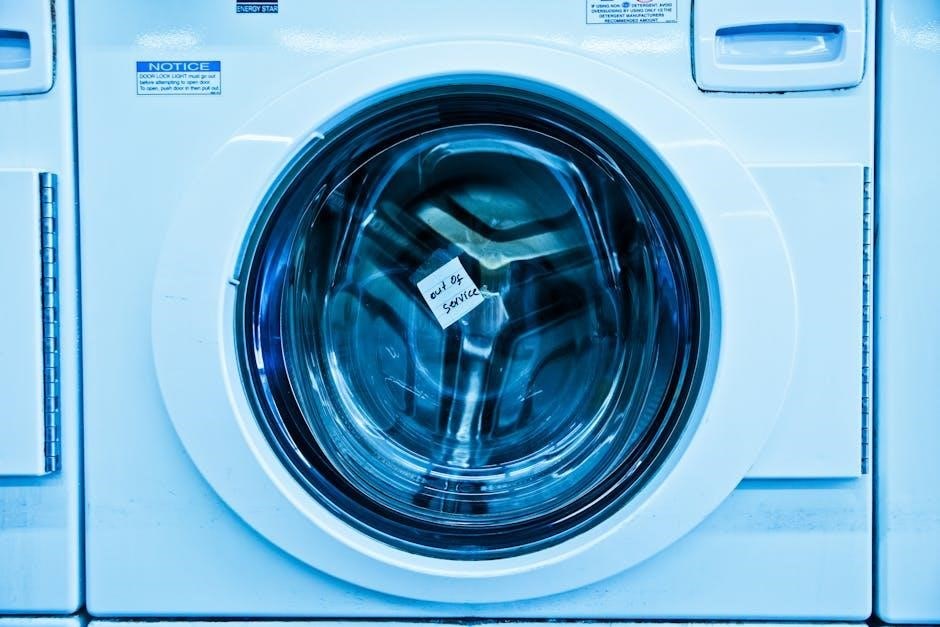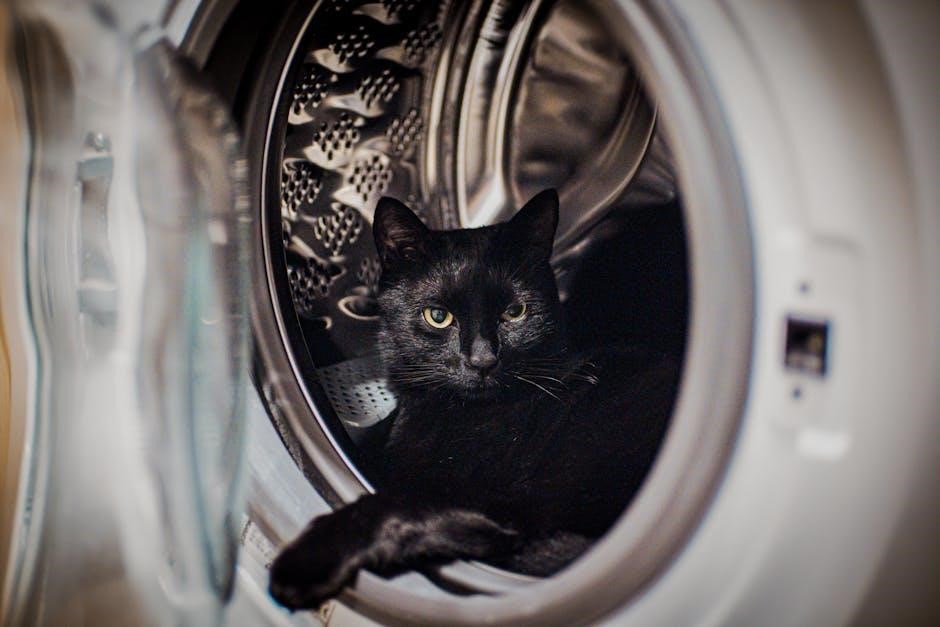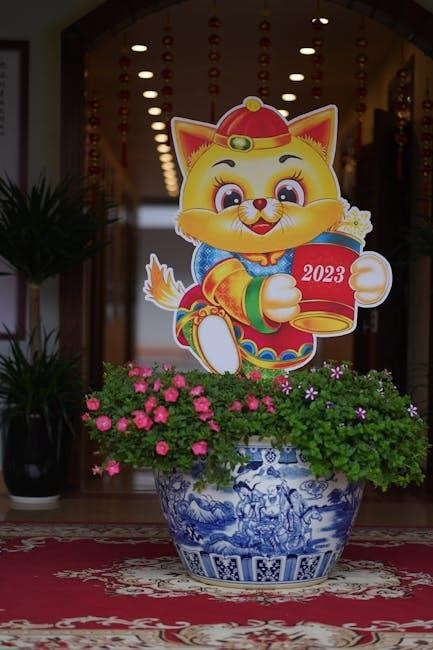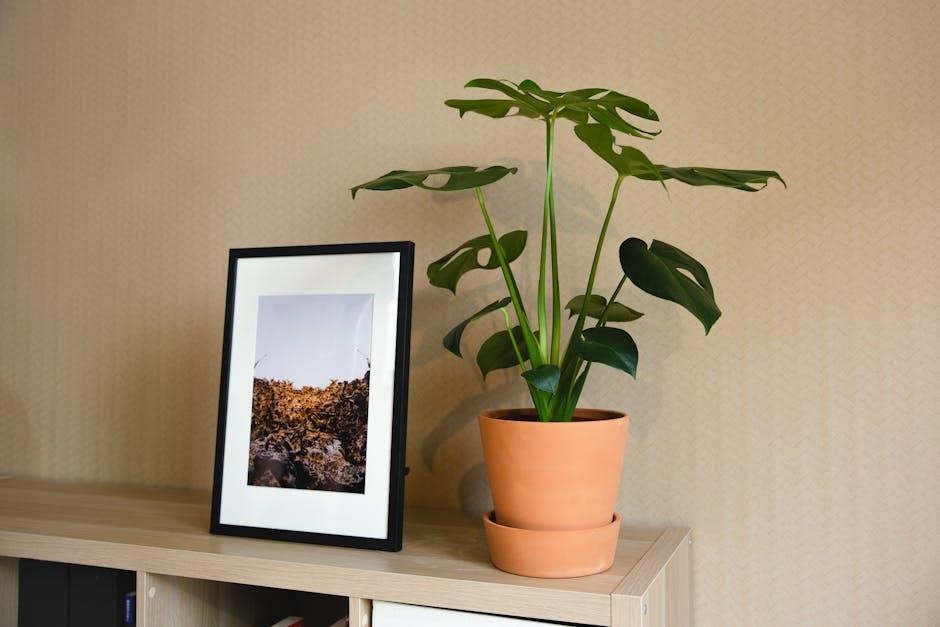This guide provides an overview of The Hangover movie, focusing on its mature content, humor, and themes, helping parents make informed decisions about its suitability for younger audiences.

Movie Rating and Classification
The Hangover is rated R by the MPAA for pervasive language, sexual content including nudity, and drug material, making it unsuitable for younger audiences due to its mature themes and explicit content.
2.1 MPAA Rating: R for Pervasive Language, Sexual Content, and Drug Material
The film received an R rating from the MPAA due to its explicit content, including pervasive language, sexual references, and drug-related material. The language is coarse, with frequent use of profanity, and the sexual content includes nudity and crude humor. Drug and alcohol use are central to the plot, depicting characters engaging in excessive drinking and substance abuse, often leading to comedic but irresponsible situations. While the humor is intended to be entertaining, the themes and depictions are clearly mature, making the film unsuitable for younger audiences. Parents should be aware of these elements when deciding whether the movie is appropriate for their teens. The R rating underscores the need for parental discretion, as the content aligns with adult themes and behaviors.
2.2 Sexual Content: Nudity and Crude References
The Hangover contains explicit sexual content, including scenes of nudity and graphic references. These elements are central to the film’s humor but may be offensive or inappropriate for younger viewers. The movie features moments where characters encounter situations involving strip clubs, prostitutes, and explicit sexual jokes. A transsexual character is also depicted in a controversial manner, adding to the film’s mature themes. Parents should be particularly cautious, as the sexual content is not subtle and is often used for comedic effect. While the film’s intent is to entertain, the explicit nature of these scenes makes it unsuitable for children and younger teens. The presence of such content reinforces the R rating and highlights the need for parental discretion when allowing minors to watch the film.
2.3 Language and Profanity: Severe Use of Curse Words
The language in The Hangover is marked by excessive and severe profanity, with characters frequently using strong curse words. The film includes various explicit terms, such as the F-word, slurs, and other offensive language, often delivered in a casual or humorous context. This pervasive use of profanity contributes to the movie’s R rating and underscores its mature nature. Parents should note that the dialogue is not suitable for younger audiences, as it contains numerous instances of vulgar and inappropriate speech. The film’s reliance on such language adds to its edgy tone but also makes it unsuitable for children. The severity and frequency of the profanity emphasize the need for parental discretion, reinforcing the recommendation that the movie is intended for mature viewers only.
2.4 Drug and Alcohol Use: Portrayal and Consequences
The Hangover heavily features drug and alcohol use, which drives the plot and humor. Characters engage in excessive drinking and drug consumption, leading to chaotic and unpredictable situations. The film portrays the aftermath of a night of heavy partying, including memory loss, health risks, and legal consequences. While the movie uses humor to depict these events, it also shows the negative repercussions of irresponsible behavior. The MPAA rated the film R, in part, due to its drug material and alcohol use, emphasizing the mature nature of the content. Parents should be aware that the movie does not shy away from explicit scenes involving substance abuse, which may not align with all family values. The portrayal serves as a cautionary tale but is still likely to raise concerns for parents considering the film’s suitability for younger audiences.

Content Warnings for Parents
The Hangover contains explicit sexual content, strong language, and frequent drug and alcohol use, making it unsuitable for younger audiences. Parents should be cautious due to its mature and provocative nature.
3.1 Violence and Gore: Mild but Comedic
While The Hangover includes comedic violence, such as slapstick humor and chaotic situations, it avoids graphic gore. These scenes are intended for laughs rather than shock, making them less intense but still not suitable for young children. Parents should note that the humor often involves physical mishaps and exaggerated reactions, which, while not bloody, may still be inappropriate for sensitive or younger viewers. The film’s comedic approach to violence ensures it doesn’t cross into horror or extreme brutality, but it remains a consideration for those evaluating its appropriateness for minors.
3.2 Nudity and Sexual References: Explicit Scenes
The Hangover contains explicit nudity and sexual references that are central to its comedic yet raunchy narrative. Scenes include a transsexual woman exposing her breasts and male genitals, as well as suggestive dialogue and crude jokes. These elements are intended for mature audiences and may be offensive or inappropriate for younger viewers. The film’s humor often relies on sexual innuendos, explicit content, and provocative situations, which are not suitable for children. Parents should be aware that the movie’s portrayal of sexuality is overt and unfiltered, making it essential to exercise discretion when deciding whether to allow teens to watch. The combination of nudity and sexual humor adds to the film’s adult-oriented themes, reinforcing its R rating and the need for parental guidance.

3.3 Alcohol and Drug-Related Humor: Mature Themes
The Hangover heavily incorporates alcohol and drug-related humor, often depicting excessive drinking and substance use as central plot devices. These scenes are portrayed comedically but involve reckless behavior, such as blackouts, memory loss, and chaotic aftermaths. While the humor is intended to entertain, it normalizes irresponsible drinking and drug use, which could be problematic for impressionable audiences. Parents should note that the film glorifies these actions without fully exploring their negative consequences, potentially sending mixed messages to younger viewers. The movie’s reliance on alcohol-fueled antics underscores its mature themes and reinforces the need for parental discretion. The comedic approach to substance use may desensitize teens to the risks associated with such behavior, making it crucial for parents to discuss the real-life implications with their children before or after viewing the film.

Suitability for Children
The Hangover is rated R and contains mature content, making it unsuitable for children. Parents should exercise discretion due to pervasive language, sexual content, and drug material, ensuring it’s viewed by mature audiences only.
4.1 Age Recommendations: Mature Audiences Only
The Hangover is explicitly designed for mature audiences due to its explicit content. The MPAA has rated the film R for pervasive language, sexual content, and drug material, making it unsuitable for children. While the humor is comedic, the themes and scenes involve excessive drinking, nudity, and crude references, which are not appropriate for younger viewers. Parental discretion is strongly advised, and the film is recommended for viewers aged 17 and older. The mature themes and content require a level of emotional and cognitive maturity to fully understand and contextualize the film’s intent. Parents should carefully consider their child’s readiness to handle such material before allowing them to watch it. The film’s raunchy humor and adult-oriented storyline make it a choice best suited for adults or older teens with parental guidance.
4.2 Guidance for Mature Themes: Parental Discretion Advised
Given its explicit content, The Hangover requires careful consideration by parents before allowing teens to watch. The film’s humor, though comedic, is intertwined with mature themes such as excessive alcohol consumption, drug use, and sexual references. These elements are central to the plot, making it crucial for parents to assess their child’s maturity level. While the movie is entertaining, its raunchy and hedonistic portrayal of adult behavior may not align with all family values. Parents are advised to preview the film or discuss its content with their teens to ensure they understand the differences between reel and real-life consequences. Open dialogue can help teens critically analyze the film’s messages and make informed decisions about their own behavior. Supervision and guidance are essential to navigate the film’s mature themes effectively.

Themes and Messages in The Hangover
The Hangover explores themes of friendship, consequences of reckless behavior, and moral ambiguity, offering a mix of humor and reflection on hedonistic lifestyles, making it a film that sparks conversation about life choices.
5.1 Friendship and Camaraderie: The Core of the Story
At its heart, The Hangover revolves around the unbreakable bonds of friendship and camaraderie among its characters. The film portrays how a group of friends, despite their differences, come together to navigate a chaotic situation. Their shared misadventures highlight the strength of their relationships, showcasing loyalty and trust even in the most absurd circumstances. The movie uses humor to underscore the importance of standing by one another, no matter how dire the consequences. While the narrative is comedic, it ultimately emphasizes the value of friendship as a guiding force. For parents, this theme provides an opportunity to discuss with teens the importance of loyalty and how true friends support each other through thick and thin. The film balances raunchy humor with heartfelt moments, making it a relatable exploration of male camaraderie and the power of unity in overcoming life’s challenges.
5.2 Consequences of Irresponsible Behavior: Lessons Learned
The Hangover serves as a stark reminder of the consequences of irresponsible behavior, particularly in its portrayal of a wild night in Las Vegas. The characters’ reckless decisions lead to a series of chaotic and embarrassing events, highlighting the potential fallout of unchecked indulgence. While the film uses humor to narrate these misadventures, it also subtly underscores the importance of accountability. The characters must confront the aftermath of their actions, including physical discomfort, damaged relationships, and legal repercussions. These scenes provide a clear lesson about the importance of self-control and the potential long-term effects of impulsive choices. Parents can use this as a starting point to discuss with teens the real-life consequences of irresponsible behavior, emphasizing how poor decisions can impact one’s life and the lives of others. The film’s over-the-top scenarios make it an engaging way to spark conversations about personal responsibility and the importance of thinking before acting.

5.3 Moral Ambiguity and Ethics: A Hedonistic Worldview
The Hangover delves into themes of moral ambiguity, presenting a hedonistic worldview that often prioritizes immediate gratification over ethical considerations. The film’s characters engage in reckless behavior, blurring the lines between right and wrong. While the humor downplays the severity of their actions, the narrative subtly critiques the consequences of such a lifestyle. The character of Alan, for instance, embodies a morally questionable perspective, often disregarding societal norms for personal amusement. This portrayal challenges viewers to reflect on the ethical implications of their choices. Parents can use this as an opportunity to discuss with teens the importance of ethical decision-making and the potential impact of hedonistic behavior on personal and societal levels. The film’s approach to morality serves as a catalyst for conversations about responsibility, self-awareness, and the broader implications of one’s actions in a morally ambiguous world.
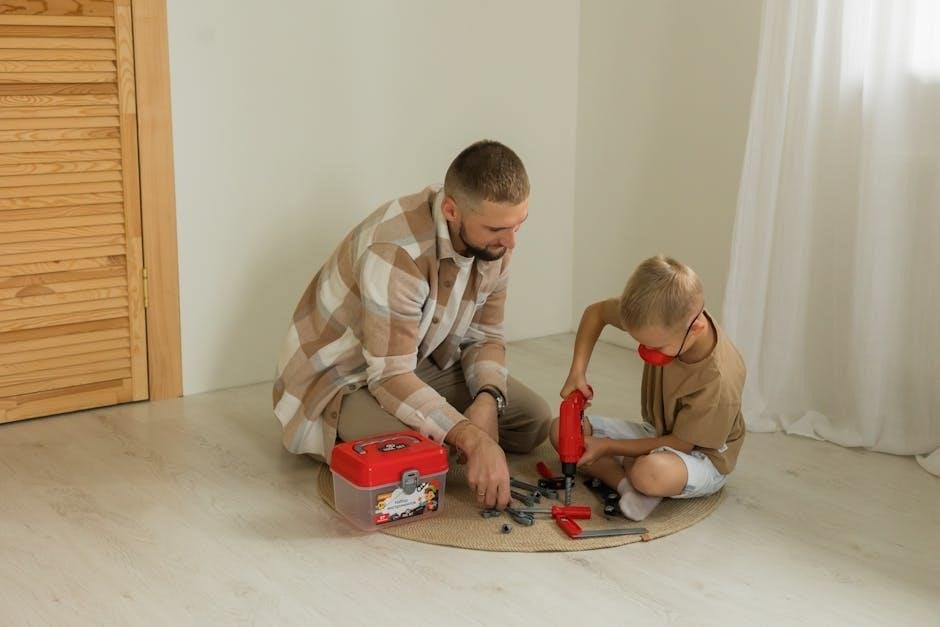
A Parents Guide to Discussing The Hangover with Teens
Encourage open conversations about the film’s humor, mature themes, and consequences of reckless behavior. Use it as a tool to discuss responsibility, ethics, and the importance of making informed decisions.
6.1 Talking About Consequences: Real vs. Reel Life
Discuss how the movie portrays the aftermath of a wild night, contrasting it with real-life repercussions. Highlight the importance of responsible behavior, emphasizing that real-life consequences can be severe and long-lasting, unlike the comedic resolution in the film. Use this opportunity to talk about the risks of excessive drinking, drug use, and poor decision-making. Encourage teens to think critically about the differences between fictional scenarios and real-world outcomes. Emphasize the value of making smart choices to avoid harmful situations. This conversation can serve as a gateway to broader discussions about accountability and the impact of one’s actions on themselves and others.
6.2 Encouraging Critical Thinking: Analyzing the Movie’s Messages
Engage your teens in a discussion about the movie’s themes, such as the consequences of reckless behavior, the importance of friendship, and the portrayal of alcohol and drug use. Ask open-ended questions to prompt critical thinking, like, “Do you think the movie accurately shows the effects of excessive drinking?” or “How do the characters’ actions impact their relationships?” Encourage them to consider the difference between the film’s comedic tone and the real-life repercussions of similar choices. Discuss how the movie’s messages align with your family’s values and beliefs. This can help teens develop a deeper understanding of the content and make more informed decisions in their own lives. Foster a dialogue that balances entertainment with real-world lessons, ensuring they can distinguish between fiction and reality. This approach can strengthen their ability to think critically about media and its influences.

Additional Resources for Parents

Visit movie review websites for detailed ratings and content analysis. Explore parenting guides and articles offering insights into navigating mature themes and discussions about films like The Hangover.
7.1 Movie Review Websites: Checking Ratings and Reviews
Movie review websites like IMDb, Rotten Tomatoes, and Common Sense Media provide detailed ratings and reviews for The Hangover. These platforms offer insights into the film’s content, including language, sexual references, and drug use. Parents can find specific breakdowns of scenes, such as nudity and comedic violence, to assess suitability. Additionally, these sites often include audience reviews and critic analyses, offering a balanced perspective on the movie’s themes; By checking these resources, parents can make informed decisions about whether the film aligns with their values and standards for their children. These tools are essential for understanding the mature content and humor in The Hangover, helping families navigate complex discussions about media consumption.
7.2 Parenting Guides and Articles: Navigating Mature Content
Parenting guides and articles offer valuable insights for navigating the mature content in The Hangover. Websites like Common Sense Media and Focus on the Family provide detailed analyses of the film’s themes, language, and sexual references. These resources help parents understand the context of the movie’s humor and its potential impact on younger audiences. Many articles discuss the importance of critical thinking when exposing teens to such content, emphasizing the need for open conversations about the consequences of irresponsible behavior. Additionally, these guides often include tips for setting boundaries and encouraging meaningful discussions about media consumption. By leveraging these resources, parents can better equip themselves to address the film’s mature themes and ensure their children grasp the differences between fictional portrayals and real-life consequences. These guides are indispensable for fostering a deeper understanding of The Hangover and its suitability for family viewing.














